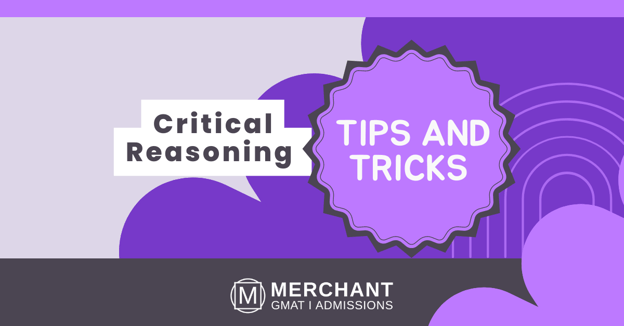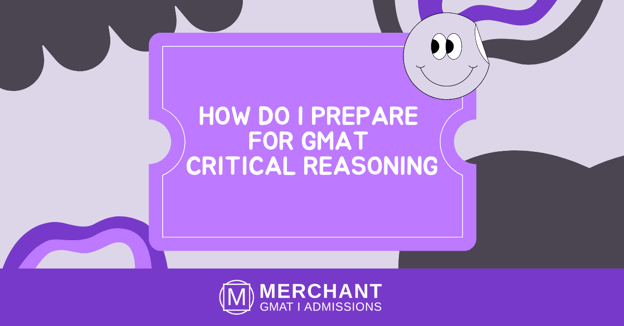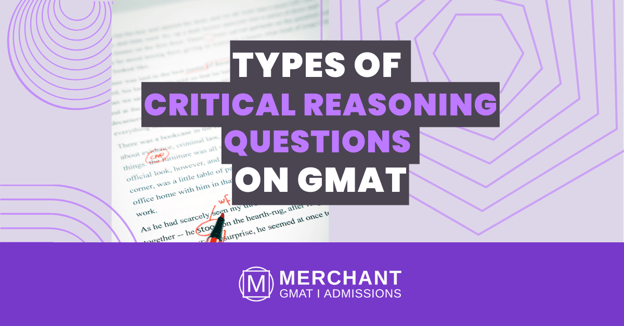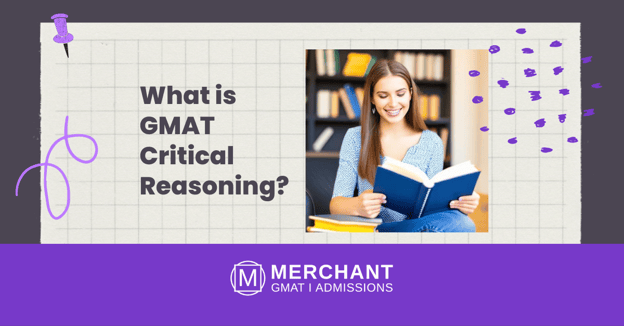The Art of Solving GMAT Critical Reasoning: A Real-life Example
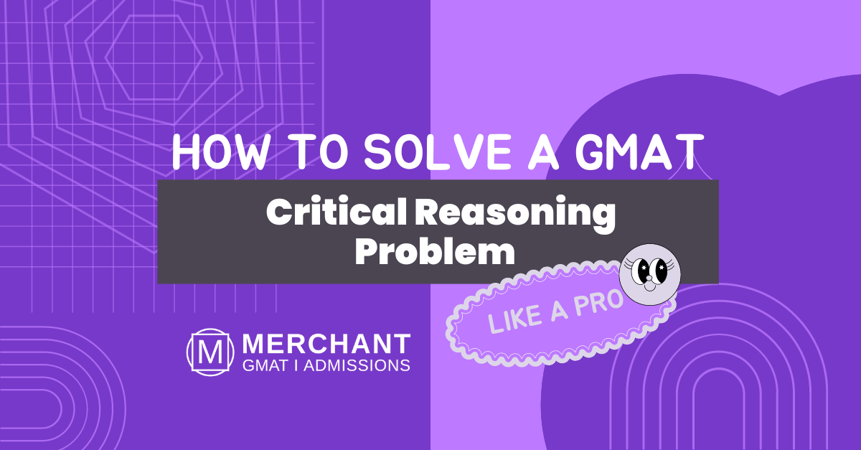
If you’re planning on taking the GMAT exam and pursuing your MBA, there are a few things you should know about mastering critical reasoning questions. One of the key strategies for success is understanding how to break down complicated situations into manageable pieces - remember that CR questions tend to contain lots of information, you don’t want to get lost in it! In this blog post, we'll explore the art of solving GMAT critical reasoning problems utilizing an example from. We’ll cover the different components of each question type, discuss problem-solving techniques, and provide helpful tips and tricks so that when it comes time to tackle critical reasoning in your actual exam – armed with newfound knowledge – you can do so with confidence!
Practical Example: Solving a Typical GMAT Critical Reasoning Question
Question:
In a recent study, it was found that the majority of people who suffer from heart attacks have a high level of cholesterol in their blood. Therefore, reducing cholesterol levels in the blood would lead to a reduction in the incidence of heart attacks.
Which of the following, if true, would most strengthen the argument above?
- A) Exercise has been shown to lower cholesterol levels.
- B) High levels of cholesterol in the blood can be caused by a variety of factors.
- C) People who have heart attacks and do not have high levels of cholesterol are in the minority.
- D) In a study of people with high cholesterol levels, there was no significant difference in the incidence of heart attacks between those who received treatment to lower their cholesterol levels and those who did not.
- E) Heart attacks are caused by a variety of factors, not just high cholesterol levels.
Firstly, take a look at the question and fully understand is it asking you to analyze: “Which of the following, if true, would most strengthen the argument above”. In this question you are being asked to find a choice that would “strengthen the argument”. Let’s take a closer look at the passage then: identify the conclusion of the argument: “Reducing cholesterol levels in the blood would lead to a reduction in the incidence of heart attacks”. Identify the premises which in this case function as evidence to support the conclusion: “The majority of people who suffer from heart attacks have a high level of cholesterol in their blood”. Our argument then is that “reducing cholesterol levels in the blood will prevent or reduce the incidence of heart attacks”.
Examine each answer choice and determine which one strengthens the argument the most:
Option A is not relevant to the argument, as the argument does not discuss how exercise affects cholesterol levels or heart attacks. Option B does not support the conclusion of the argument, as it implies that other factors besides cholesterol may cause heart attacks. Option C does not strengthen the argument, as it is just a restatement of the evidence provided in the argument. Option D strengthens the argument by providing evidence that supports the assumption that reducing cholesterol levels will prevent or reduce the incidence of heart attacks. Option E does not support the conclusion of the argument, as it implies that high cholesterol levels are not the only cause of heart attacks.
Therefore, the correct answer is D.
By following these steps, you can identify the conclusion, evidence, and assumption in the argument, as well as evaluate each answer choice to determine which one best strengthens the argument. This approach can help you tackle similar critical reasoning questions on the GMAT exam with confidence and accuracy.
Learn How Arguments are formulated and how we identify its Main Points
Knowing how an argument is formulated and how we identify its main points is an invaluable skill that can help you for GMAT CR. With some forethought and practice, understanding arguments can become second nature. Starting with the basics such as understanding the role of underlying assumptions or recognizing how evidence is used rhetorically will improve your ability to understand even the most difficult of passages. Additionally, focusing on clarity when examining arguments helps you identify the main ideas, connecting the underlying concepts with their conclusion for greater insight into any given subject matter.
Understand the Structure of a GMAT Critical Reasoning Question
Understanding the structure of a GMAT critical reasoning question is essential for success on the exam. Generally, each question consists of the following components: a statement or argument; a question based on that statement or argument; and answer choices that allow you answer the question being asked. In order to identify the correct answer to a critical reasoning question, you must analyze the statement or argument presented, take note of any important information included in it, understand the reasoning of the passage you are asked to work on, and then compare those conclusions to the answer choices given. Practice is essential for mastering this skill as time is limited on test day. With regular practice, critical reasoning questions can become much easier and less intimidating!
For those looking to up their game in the GMAT critical reasoning section, this short guide should have given you a great introduction to what to expect. One thing that sets any test apart from the rest is practice, so make sure that when you’re preparing for the GMAT, you set yourself up with resources like practice tests and educational support services. Start your GMAT journey with expert coaching from Merchant GMAT & Admissions – we can provide detailed feedback and personalized attention so that you can optimally prepare for success. With a solid understanding of GMAT critical reasoning concepts, some practice and preparation using tips from this blog post, you should be well on your way to conquering the exam!


